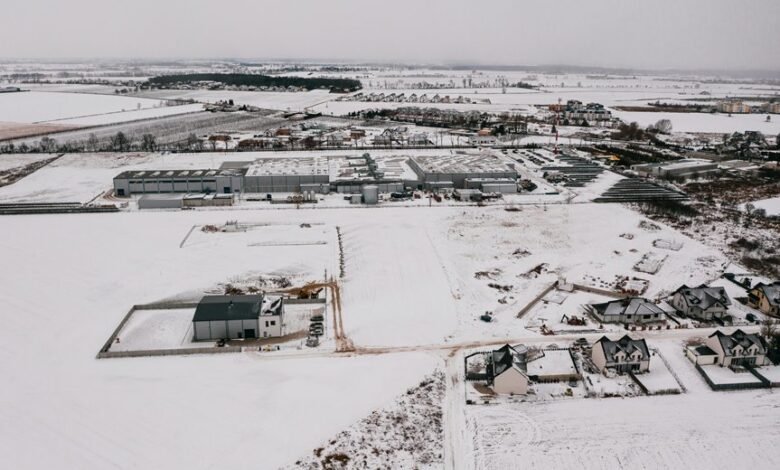27791830 Regional Missed Call Distribution

The “27791830 Regional Missed Call Distribution” reveals significant regional disparities in the understanding and usage of missed calls. Various cultural norms and socioeconomic factors shape these behaviors, influencing communication dynamics. A closer examination of time-specific patterns further uncovers intricate trends. These insights can inform strategic communication approaches. However, the implications of these findings extend beyond mere statistics, prompting questions about their broader impact on interpersonal relationships and connectivity.
Understanding Missed Calls: A Regional Perspective
Although the phenomenon of missed calls may appear trivial at first glance, it reveals significant regional patterns that warrant careful analysis.
The missed call significance varies across demographics, influenced by cultural norms and communication preferences.
Regional variations illustrate how different societies interpret missed calls, often viewing them as deliberate signals or requests for engagement.
Understanding these distinctions enhances awareness of interpersonal communication dynamics across diverse populations.
Factors Influencing Missed Calls Across Regions
Regional variations in missed call behavior are influenced by a multitude of factors, including cultural norms, technological access, and socioeconomic conditions.
Missed call statistics reveal significant disparities across regions, as areas with advanced technology exhibit different patterns compared to those with limited access.
Understanding these factors is essential for interpreting regional variations and tailoring communication strategies effectively, ensuring enhanced connectivity and responsiveness.
Analyzing Time of Day and Missed Call Patterns
Missed call patterns often exhibit distinct variations based on the time of day, reflecting the daily routines and communication preferences of individuals within different regions.
During peak hours, call frequency tends to surge, indicating heightened connectivity demands.
Conversely, off-peak periods reveal a decline in missed calls, suggesting alternative priorities or reduced availability, ultimately shaping regional communication dynamics and user engagement throughout the day.
The Impact of Cultural Nuances on Communication Trends
Cultural nuances significantly influence communication trends, shaping how individuals interact across various regions.
These variations in cultural context affect communication styles, leading to distinct preferences in verbal and non-verbal exchanges. For instance, directness may be valued in some cultures, while others prioritize subtlety.
Understanding these differences fosters effective interactions, ultimately enhancing connectivity and collaboration in an increasingly globalized world, where cultural sensitivity is paramount.
Conclusion
In conclusion, the landscape of missed calls serves as a cultural tapestry, woven from the threads of regional nuances and communication practices. Each missed call is not merely a gap in connection but a reflection of societal norms and individual intent. As the sun rises and sets, so too do the patterns of missed calls shift, underscoring the dynamic interplay between time, culture, and technology. Understanding these intricacies is vital for fostering meaningful connections in an increasingly interconnected world.





